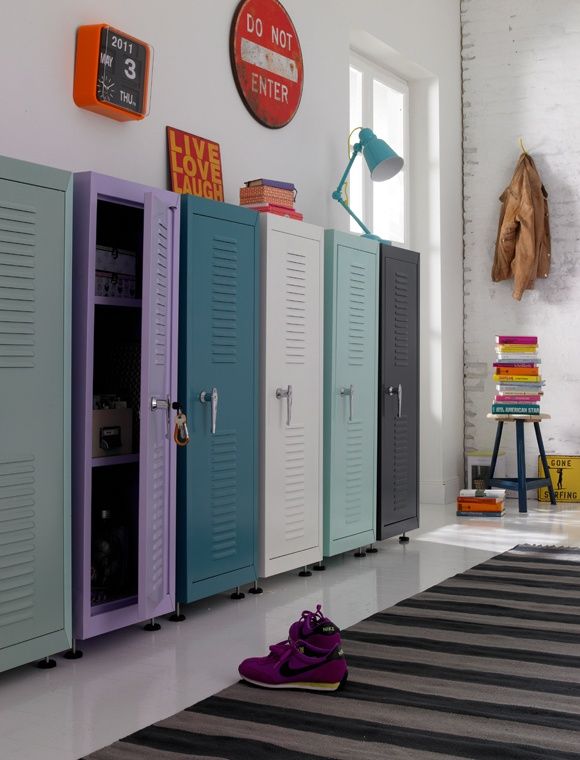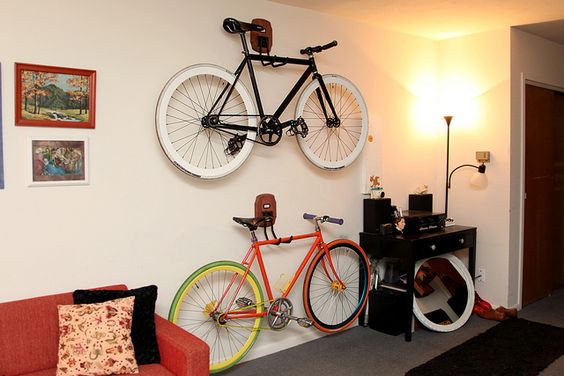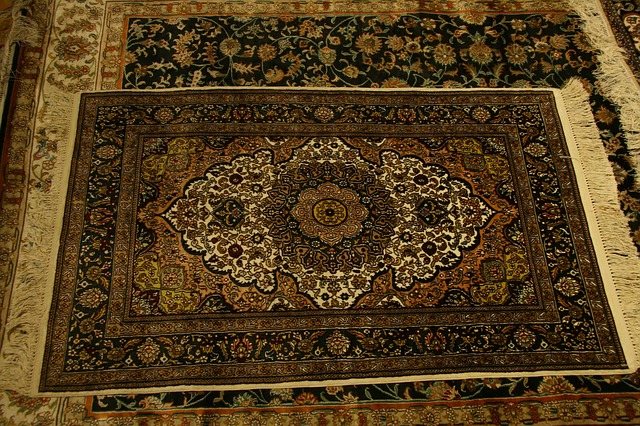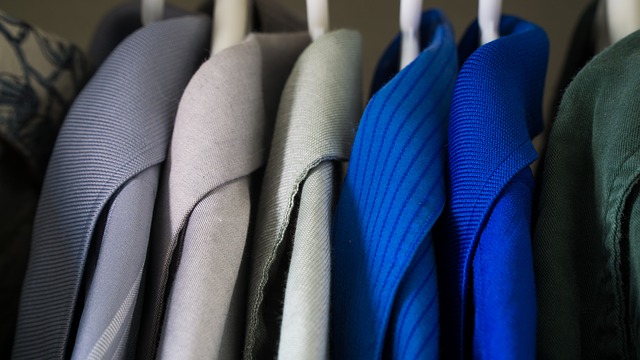Are you one of those people who leave little piles of “stuff” on the floor? Shoes, dirty laundry, and gear inevitably end up scattered throughout the house and garage. Maybe the organization makes sense to you, but in the back of your mind you know it could be better.
And if you’re anything like me you’ve accrued a considerable amount of sports equipment, tools, and clothes over the years. So, what to do with it all? Trying to figure it out can be mind-boggling, so here are five organizing tips to consider:
- Reduce, reuse, recycle
Go through all your stuff and determine what you can part with. Maybe you don’t need 35 coats, for example. If you line them all up, you’ll see they take up a ton of space. Divide them into piles: Which coats are you actually wearing? Which are you only holding onto for sentimental value? Which coats can you sell or give to a thrift shop? Maybe you can cut down on the number of coats by two-thirds. Keep in mind that many adults and children throughout the country need winter coats every year. For the nearly 15 percent of Americans living in poverty, a warm coat is considered a budget “extra.”
- Lockers
On the topic of coats and “extras”, I saw a cute Pinterest idea using actual school lockers as a coat closet. If you can’t bring yourself to get rid of your 15 Patagonia jackets, maybe hang them up out of the way in a trendy, yet practical, locker unit. Or use the units for what they are actually intended which is to house sports gear.

- Hang up the bikes
It’s a great idea to get the bikes off the ground in an effort to save space. The only problem is if you choose J-hooks and hang bikes from the ceiling in the garage, it’s usually impractical to reach them without a ladder. Just make sure you can hang or rack the bike yourself regardless of how you choose to store it.
There are plenty of ways to hang bikes: wall mounts, free standing racks, pulleys and hoists. Many enthusiasts are displaying their bikes as centerpieces or as works of art in their homes, which is kind of cool, although somewhat impractical if it’s your daily commuter and you’re tracking in mud.

- Baskets, trays, shelves and hooks
A mudroom without organizing essentials is like a kitchen without utensils. Even if the mudroom is not super put-together, having simple and stylish hooks to hang your coat and house keys on is practical. How often are we scrambling to find our keys? Hang them on the hook right when you walk in.
Decorative wicker baskets separating swimming suits, scarves and hats are specific accessories to help keep “squishy” items organized.
Mudrooms don’t have to be a dirty disaster zone. A galvanized boot tray at the entry of the mudroom holds dirty shoes, boots and cleats. The durable rubber liner makes it easy to clean, as well.
Tip: Big Mud Rug
Not necessarily an organizational item, but a large indoor/outdoor rug is a worthy investment. Placing it in high traffic areas, such as the porch, main entryway or mudroom, will invite people in. It’s also functional because it catches dirt, snow and debris from outside. Buy a textured rug with neutral colors as they tend to hide “unclean matter.”

- Storage bins
People tend to turn their noses up to big plastic storage bins with lids because they don’t seem like the most efficient use of space. Sometimes they aren’t easily accessible because their stacked on top of each other. Unless they are labeled, it’s hard to determine exactly what’s in them. But they are durable, stackable and hold a lot of stuff you don’t know what to do with and don’t want to get rid of.
However, the best way to declutter is to take a look at all the rooms in your home. Clean out your storage areas, donate or sell unused furniture, go through your junk drawers. You’ll be amazed at the new found space in your home and may even feel more relaxed.



